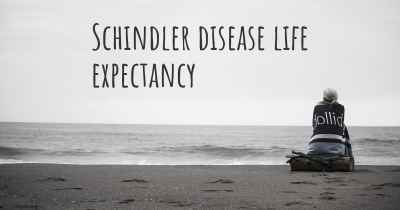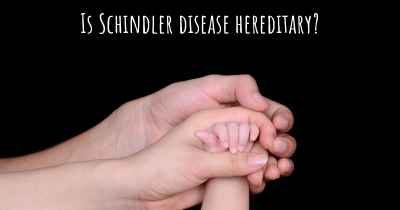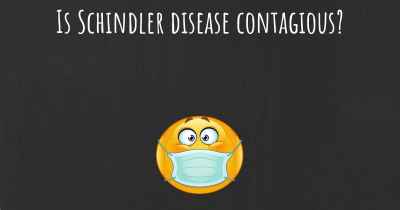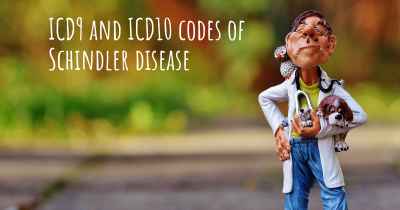Which are the causes of Schindler disease?
See some of the causes of Schindler disease according to people who have experience in Schindler disease

Schindler disease, also known as Schindler's disease, is a rare genetic disorder that affects the metabolism of certain substances in the body. It is classified as a lysosomal storage disorder, which means that it is caused by a deficiency of specific enzymes within the lysosomes, the cellular compartments responsible for breaking down and recycling various molecules.
The primary cause of Schindler disease is a mutation in the NAGA gene. This gene provides instructions for producing an enzyme called alpha-N-acetylgalactosaminidase, which is responsible for breaking down a complex sugar molecule called glycolipid. In individuals with Schindler disease, the NAGA gene mutation leads to a deficiency or complete absence of this enzyme, resulting in the accumulation of glycolipid in various tissues and organs.
Schindler disease is inherited in an autosomal recessive manner. This means that an affected individual must inherit two copies of the mutated NAGA gene, one from each parent, to develop the disorder. If both parents are carriers of the mutated gene but do not have Schindler disease themselves, each of their children has a 25% chance of inheriting the disorder.
There are two main types of Schindler disease: type I and type II. Type I is the more severe form and typically presents in infancy or early childhood, while type II is milder and may not become apparent until later in childhood or adulthood.
Although the exact mechanisms are not fully understood, the accumulation of glycolipid in various tissues and organs is thought to contribute to the symptoms and complications of Schindler disease. The glycolipid buildup can disrupt normal cellular function and lead to progressive damage in the brain, liver, and other affected organs. This can result in a wide range of symptoms, including developmental delay, intellectual disability, seizures, muscle weakness, liver dysfunction, and skeletal abnormalities.
It is important to note that Schindler disease is a rare disorder, and its prevalence in the general population is not well-established. Due to its rarity, diagnosis and management of the disease often require specialized medical expertise and genetic testing.








